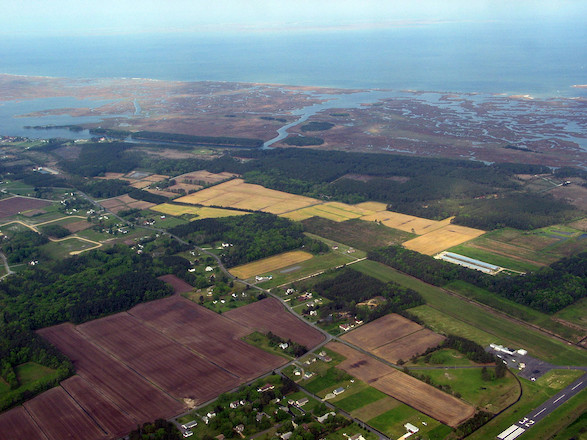Landuse in Maryland
Currently Maryland has a statewide policy, called PlanMaryland, that provides an outlook to how Maryland expects to grow while protecting valuable resources such as waterways, farmland and forests. By 2035 Maryland's population is projected to grow by 1 million residents. With this policy, local governments strategically plan how their communities can grow, not only where it makes sense to expand, but also where they can preserve agriculture, forests, wetlands, and other sensitive resources. Smart growth is not new to Maryland; legislative initiatives like the Land Use Act of 1974, which designates areas of critical state concern, and the Tidal Wetlands Act of 1970, that requires a State permit for the alteration of tidal wetland and mitigation of any wetland loss, are just a couple of the environmental paths taken to get to where PlanMaryland has started.
Planning for the future
As Maryland's population continues to grow, farmlands and forests continue to decrease, natural and water resources are impacted, and older communities and infrastructure like roads deteriorate. How land and development is managed is based on climate change and energy costs, and effective response is needed to prevent further degradation of the fundamental resources in Maryland. This policy emphasizes and encourages planning that is more efficient and less wasteful of valuable resources. It focuses on several important areas that revolve around the expansion of the population; PlanMaryland concentrates development of residential and business areas to be established in and around already existing developed areas and strategically selected new areas. It will determine how to develop a variety of transit options that will connect to residential, retail, educational, and employment area without the reliance of automobiles. The policy seeks to increase affordable housing options, make communities more walkable, and ensure adequate water resources. It will also help better protect natural resources the Chesapeake Bay and coastal bays, along with forests and open space.

